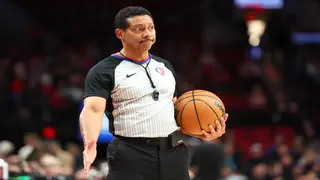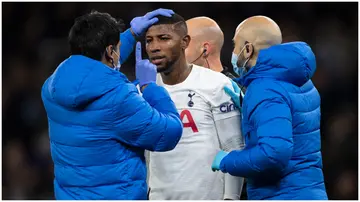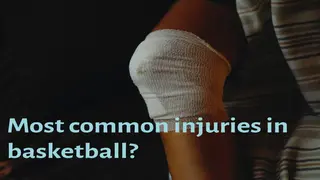How long is a basketball match? Duration, match facts, and all the details
NBA
Football enthusiasts have noticed a significant change since the 2014/15 season.
Matches now stop whenever a player sustains a head injury, a rule aimed at prioritizing player safety.
The regulation, endorsed by the English Football Association (FA), stems from guidelines established in a 2012 Zurich accord.

Concussions, categorized as mild traumatic brain injuries, occur due to either a slight knock or a violent blow to the head. During such incidents, the brain's rapid movement within the skull can lead to various symptoms, including headaches, nausea, and loss of consciousness, as reported by the NHS.
PAY ATTENTION: stay informed and follow us on Google News!
How long is a basketball match? Duration, match facts, and all the details
NBA
Specific procedures have been implemented to ensure prompt and effective management of head injuries. These include the establishment of Emergency Action Plans (EAP) at stadiums and training grounds, detailing ambulance arrival points and communication routes for summoning emergency services.
Professional footballers undergo baseline neuropsychological testing during pre-season to establish a reference point for potential head injuries. In the event of one during a match, medical professionals utilize tools like the Pocket Concussion Recognition Tool (Pocket CRT) for on-field assessments.
Following a head injury, players are closely monitored until deemed fit to leave the venue. They are advised against driving if necessary and should be accompanied by a responsible adult. Moreover, if medical professionals are not readily available on the pitch, any suspicion of a concussion prompts immediate removal of the injured player for further evaluation at a medical centre.
Return-to-play protocols mandate a period of mental and physical rest post-injury, with a gradual reintroduction to training under medical supervision. Standardized assessments, aid in evaluating players for concussion symptoms and determining their readiness to resume play Additionally, players are barred from returning to play for at least six days following a confirmed concussion, ensuring sufficient recovery time, as reported by the Centers for Disease Control and Prevention.
Which are some of the most common injuries in basketball?
NBA
Sports Brief reported that British brain injury charity, Headway, highlighted the inconsistencies in treating head injuries.
They stressed football's 'stubbornness towards dealing with head injuries endangers players' health.
It followed an incident in the Premier League where Aston Villa goalkeeper Emiliano Martinez was initially allowed to play despite suffering a head injury.